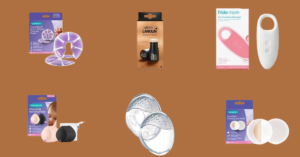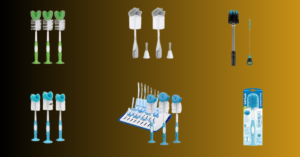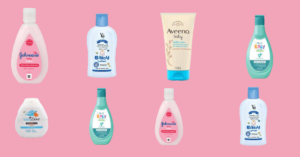The safety of our children is paramount, especially when it comes to traveling in vehicles. As parents, caregivers, and responsible adults, it’s our duty to ensure that every journey our little ones embark on is as safe as possible.
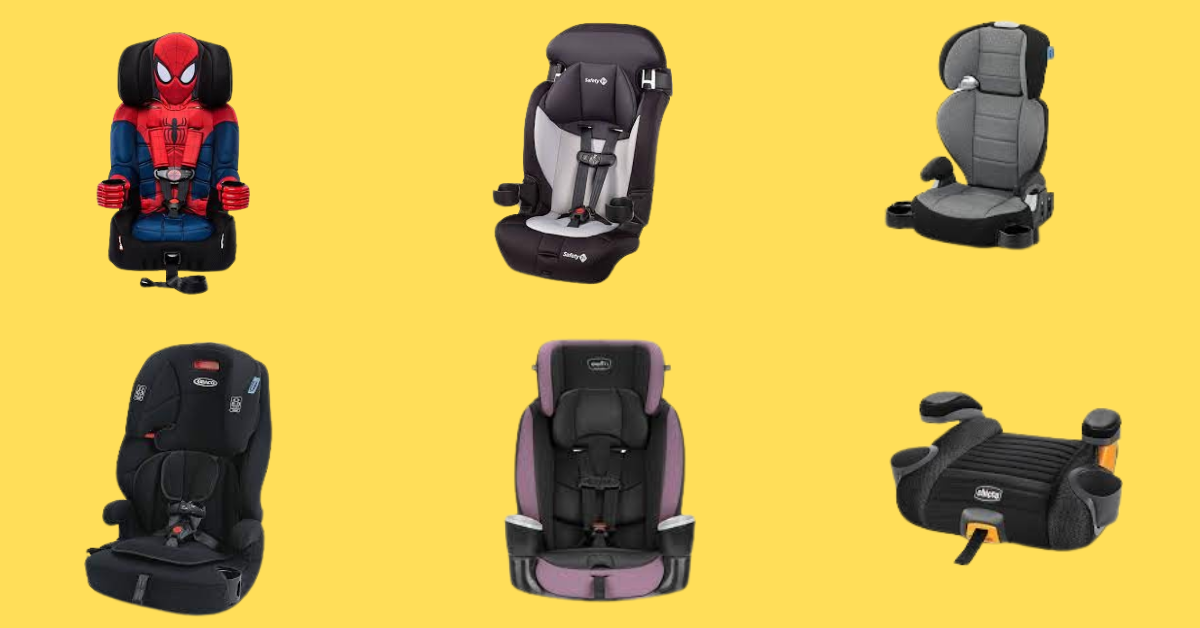
One crucial aspect of this is the proper use of booster car seats designed specifically to protect children during car rides.
In this blog post, we’ll delve into the critical role that booster seats play in safeguarding our children, exploring their design features, usage guidelines, and the overarching significance of prioritizing child safety on the road.
Whether you’re a parent preparing for your child’s next car trip or simply interested in understanding more about child passenger safety, this discussion will provide valuable insights and actionable information to help keep our youngest passengers secure and sound during their travels.
List off Child Safety Car Seats.
01.Chicco GoFit Plus Backless Booster Car Seat with LATCH Attachment and Quick-Release LATCH

02.Diono Radian 3R, 3-in-1 Convertible Car Seat, Rear Facing & Forward Facing,
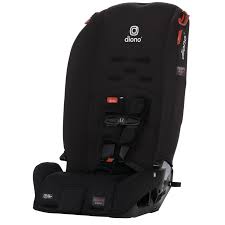
03.Graco TurboBooster 2.0 Highback Booster Car Seat, Declan

04.Graco Slimfit 3 in 1 Car Seat -Slim & Comfy Design Saves Space in

05.Graco Tranzitions 3 in 1 Harness Booster Seat, Proof
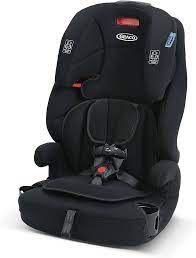
06.Safety 1st Grand 2-in-1 Booster Car Seat, Forward-Facing with Harness
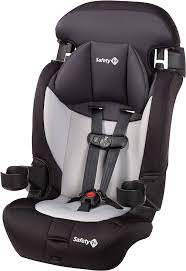
07.Britax Grow with You Harness-2-Booster Car Seat, 2-in-1 High Back Booster
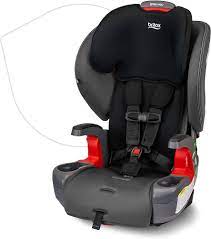
08.Diono Cambria 2 XL, Dual Latch Connectors, 2-in-1 Belt Positioning Booster Seat,
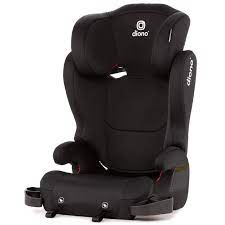
09.Evenflo Maestro Sport Convertible Booster Car Seat, Forward Facing, High Back,

10.KidsEmbrace 2-in-1 Forward-Facing Harness Booster Seat, Marvel Spider

FAQ…
1. What is a booster car seat, and how does it differ from other types of child car seats?
A booster car seat is specifically designed to elevate a child to a height where the vehicle’s seat belt fits properly across their body. Unlike infant or convertible car seats, which are designed to restrain smaller children with built-in harnesses, booster seats rely on the vehicle’s seat belt for restraint.
2. At what age or size should my child transition to a booster seat?
Children typically transition to booster seats when they outgrow their forward-facing car seat, usually around the age of 4 or when they reach the maximum height or weight limit specified by the manufacturer of their current car seat.
3. How do I know if my child is ready for a booster seat?
Your child is ready for a booster seat when they have outgrown their forward-facing car seat and meet the minimum height and weight requirements specified by the booster seat manufacturer. Additionally, they must be able to sit properly in the booster seat with their back against the seatback and knees bending over the edge of the seat without slouching.
4. Are there different types of booster seats?
Yes, there are two main types of booster seats: high-back boosters and backless boosters. High-back boosters provide additional head and neck support and are ideal for vehicles without headrests or for children who frequently fall asleep during car rides. Backless boosters are more compact and suitable for older children who have adequate head and neck control and whose vehicle seats provide proper head support.
5. How should I install a booster seat in my vehicle?
Booster seats should always be installed in the back seat of the vehicle, preferably in the middle seat to provide the most protection in the event of a side-impact collision. Follow the manufacturer’s instructions carefully for proper installation, ensuring a secure fit using the vehicle’s seat belt.
6. Do booster seats have expiration dates?
Yes, booster seats typically have expiration dates, usually around 6 to 10 years from the date of manufacture. It’s important to check the expiration date on your booster seat and replace it if it has expired, as materials may degrade over time, compromising the seat’s safety performance.
7. Can booster seats be used with lap-only seat belts?
No, booster seats should only be used with lap-shoulder seat belts. Using a booster seat with a lap-only seat belt does not provide adequate upper body restraint, increasing the risk of injury in a crash.
